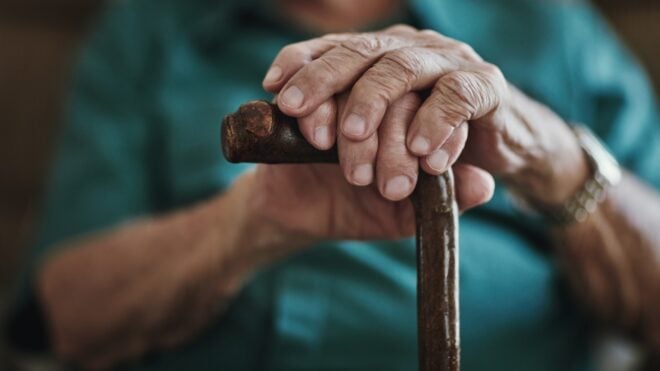Despite being the largest organ of our body — and one of the most essential for our survival — we rarely treat our skin with the love, care, and respect that it deserves.
Bruises, burns, blisters — our skin bears the brunt of it all. And how do we repay it? By ignoring all of the signs and signals it's sending us!
Moles, freckles, and birthmarks might not seem like a big deal, but they could signify some serious concerns — such as melanoma, the most dangerous form of skin cancer.
According to the Skin Cancer Foundation, one person dies from melanoma every 57 minutes. And if you've had more than five sunburns in your life, your chance of developing melanoma more than doubles.
However, there are ways to detect the signs and symptoms of skin cancer. All you have to do is learn your ABCs!
Will you be giving your skin a thorough check after reading this? Let us know in the comments below!
Please SHARE to save the lives of your friends and family!
"A" is for "Asymmetry"
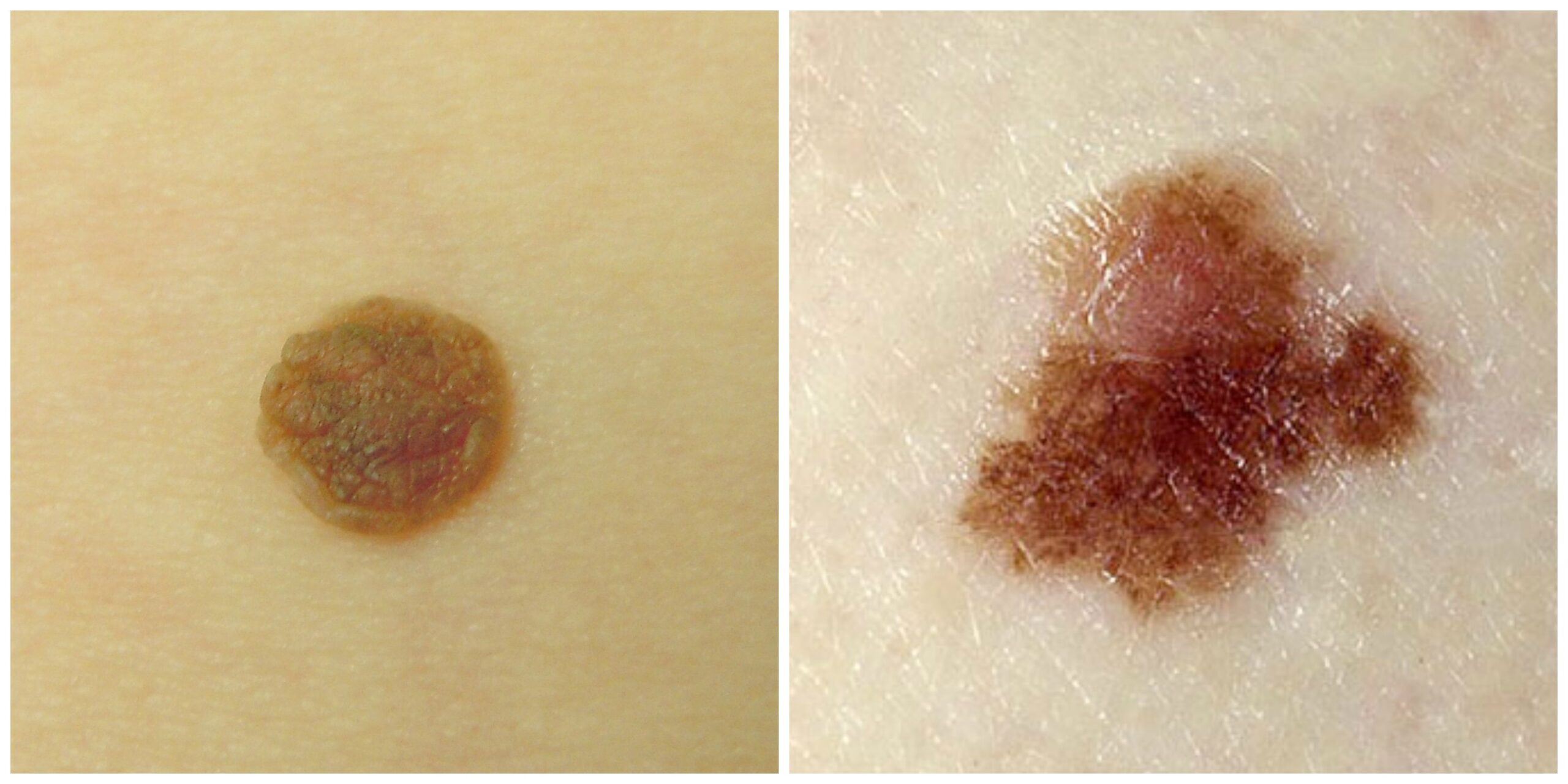
A normal, benign mole should be very symmetrical. That is, if you drew a line across it, both sides would look pretty much exactly the same.
Melanoma lesions — the bad kind of mole you're looking for — are typically irregular in shape, so an asymmetrical mole is one that should be checked out by a doctor.
"B" is for "Border"
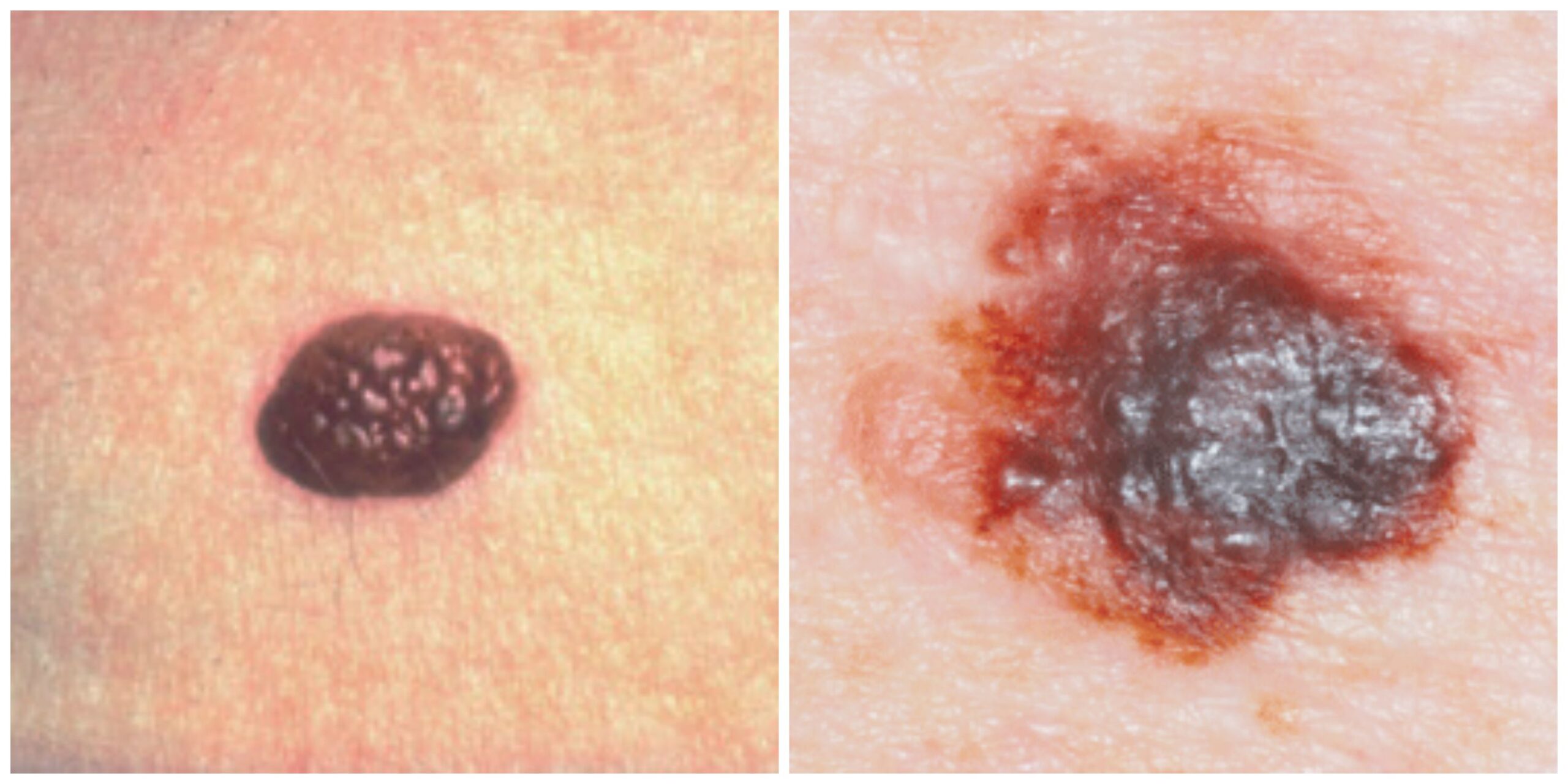
Non-cancerous moles have smooth, even borders. Their outlines are usually clearly defined, and they make an obvious shape.
A melanoma lesion has notched, uneven, and blurred borders. They do not have a clear shape. These moles could be cancerous and should be examined.
"C" is for "Color"
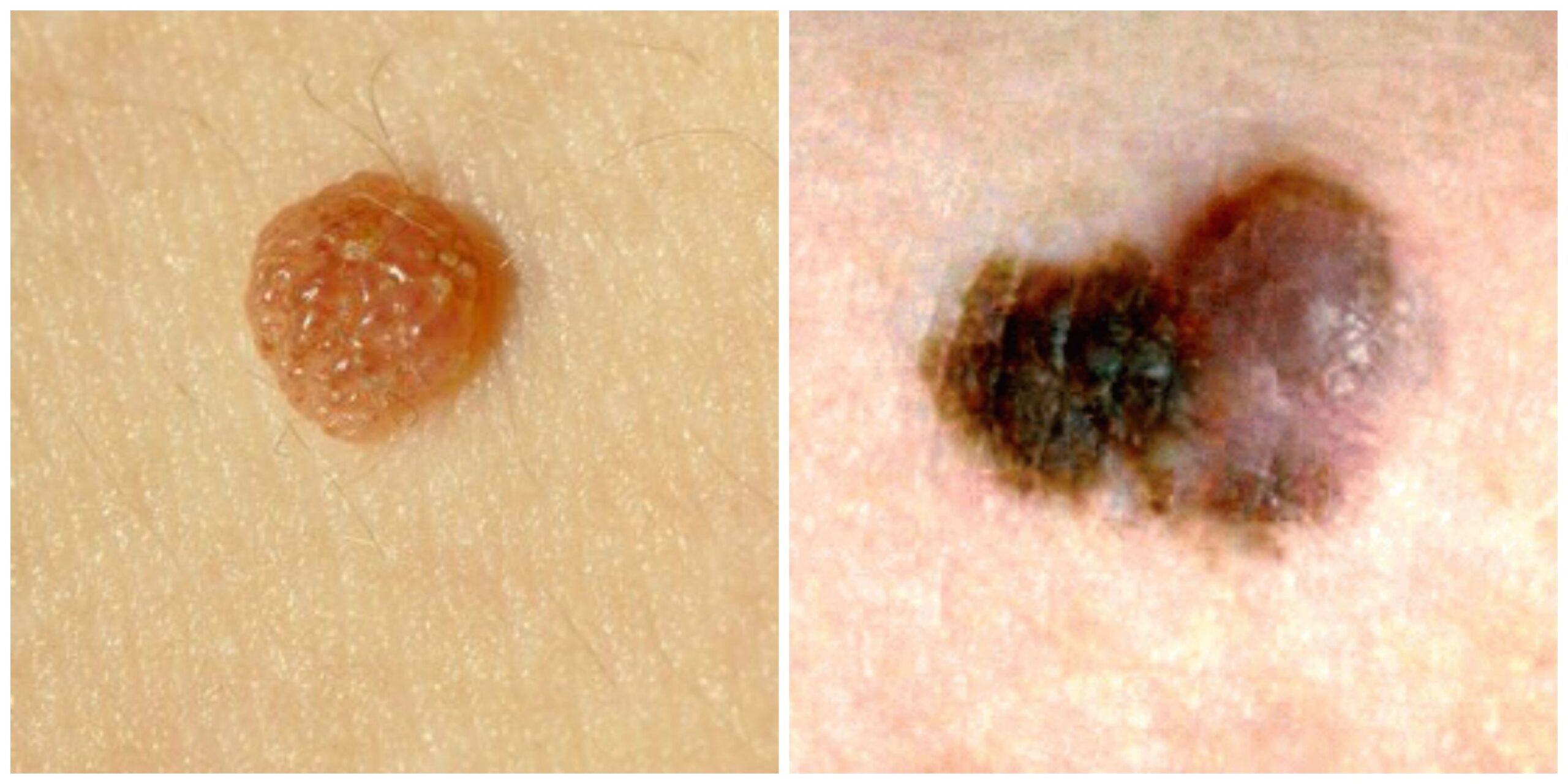
A harmless mole is usually a single shade of tan or brown. Their color is even and consistent throughout.
Melanoma lesions are usually identified by the presence of many colors and shades. Uneven distribution of color can be the sign of a cancerous spot.
"D" is for "Diameter"
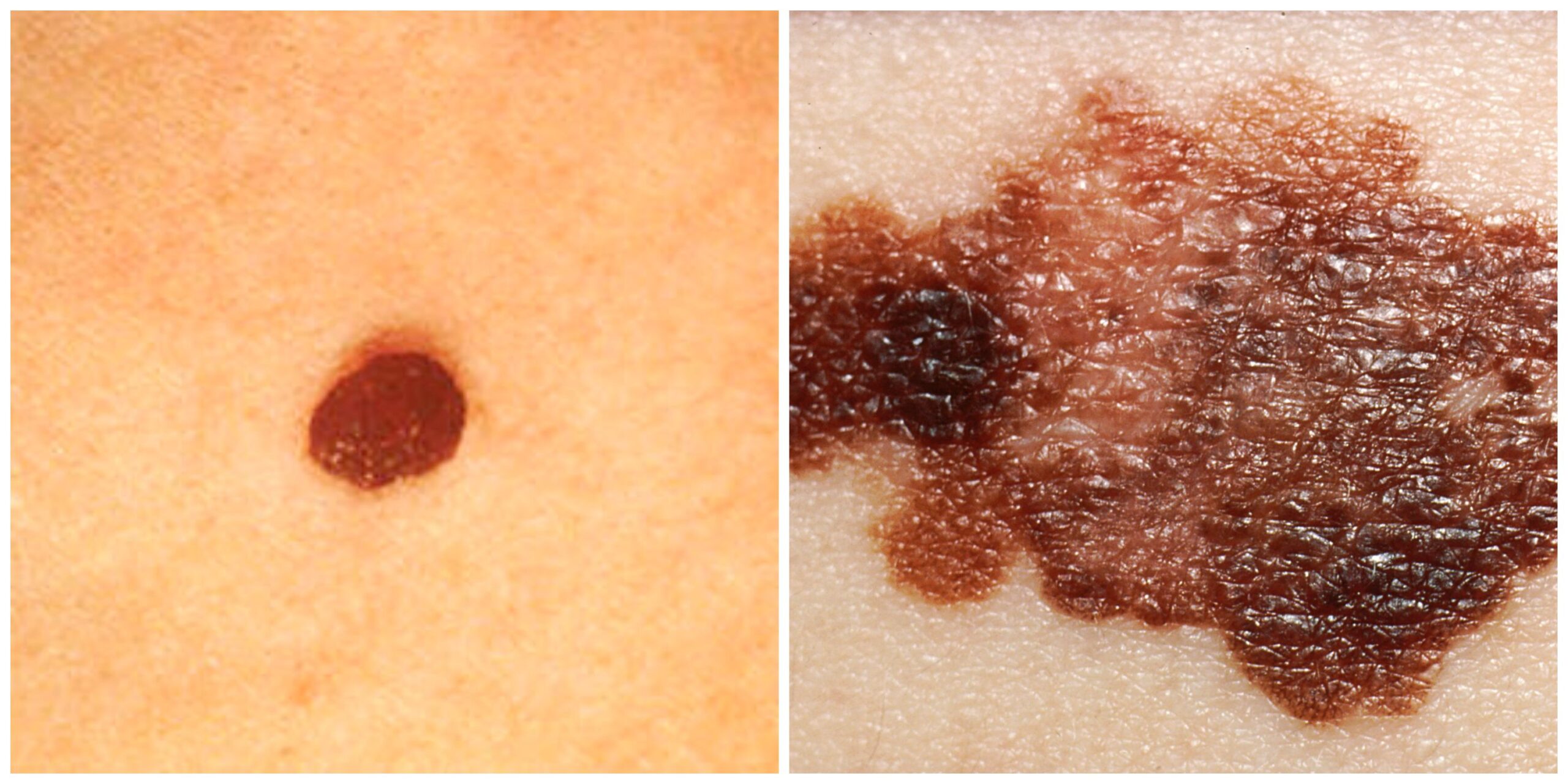
Benign moles are typically no bigger than the size of a pencil eraser — or 6mm in diameter.
If you have a skin spot larger than this, it might signify a melanoma lesion. A doctor should examine this.
"E" is for "Evolving"
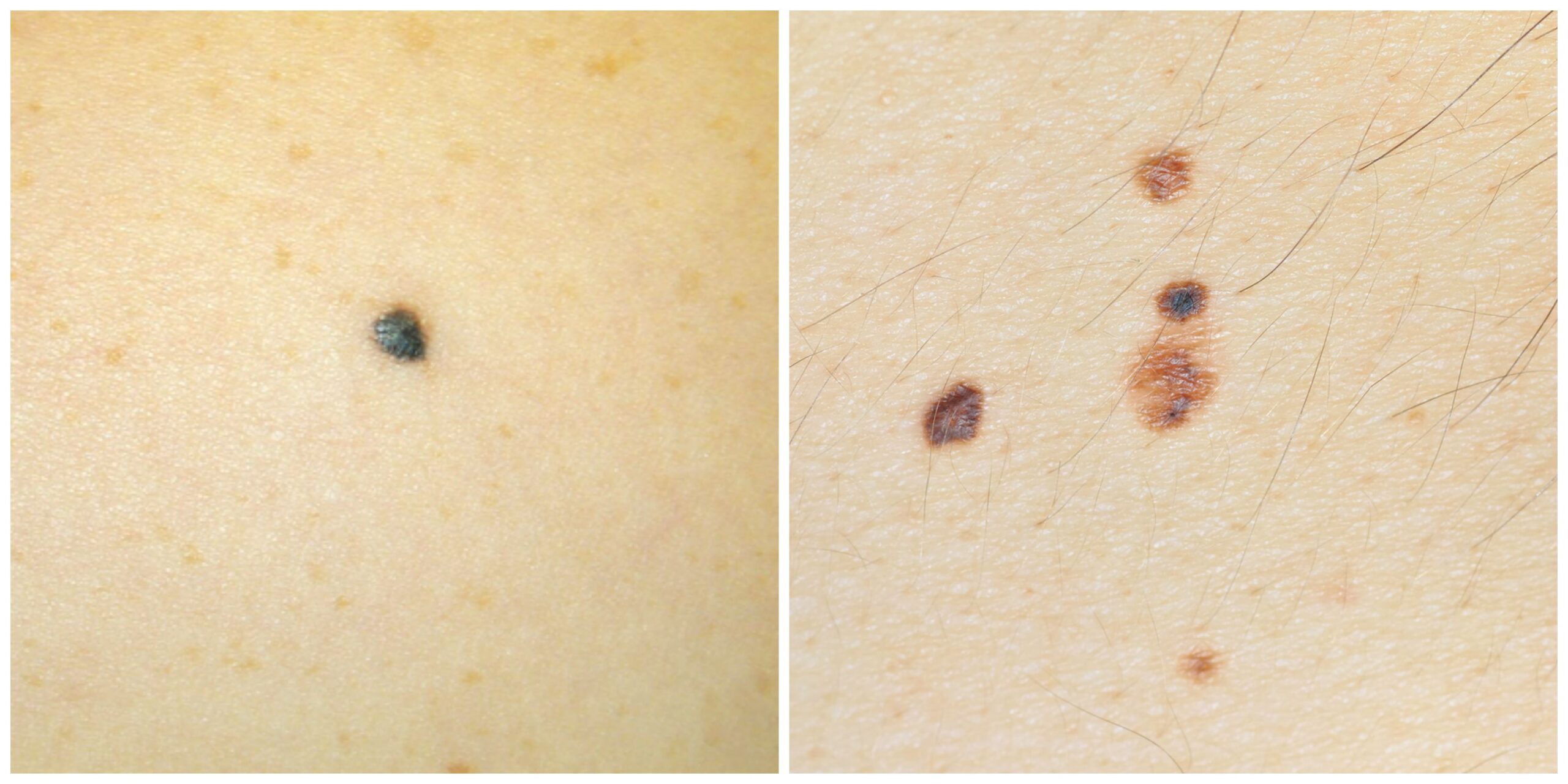
If you've noticed that a mole or spot has changed shape, color, or size, it could be the sign of a melanoma lesion.
According to the Melanoma Research Foundation, knowing what is normal for you could save your life.
If you think you've seen a change in your skin, be sure to bring it to a dermatologist's attention immediately.
So what can you do to protect your skin and prevent cancer?
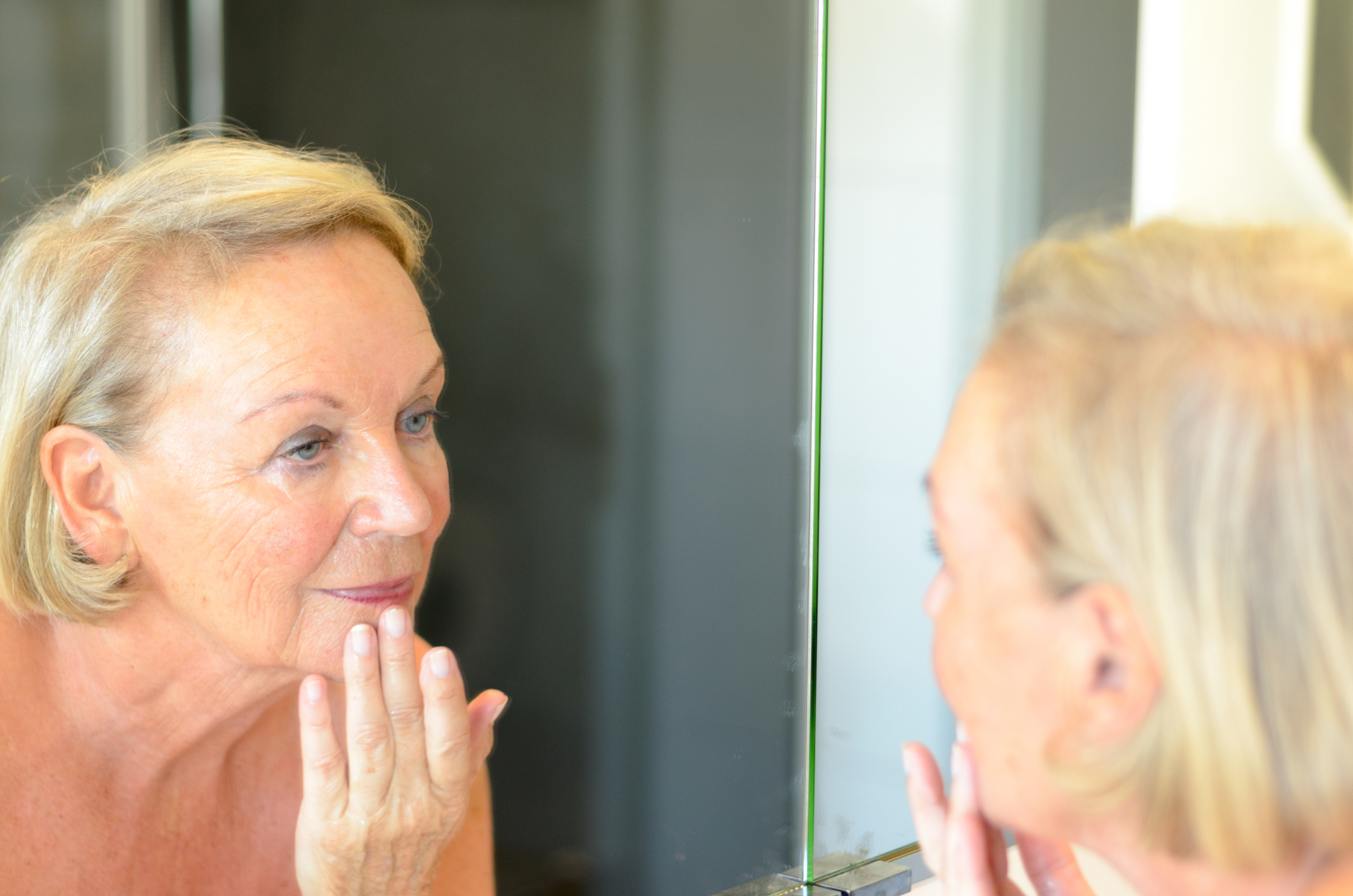
Start by applying sunscreen every day — not just when you're at the beach or by the pool. Ensure your sunscreen is at least 15 SPF, and that it protects against UVA and UVB rays, as both are very harmful to our skin.
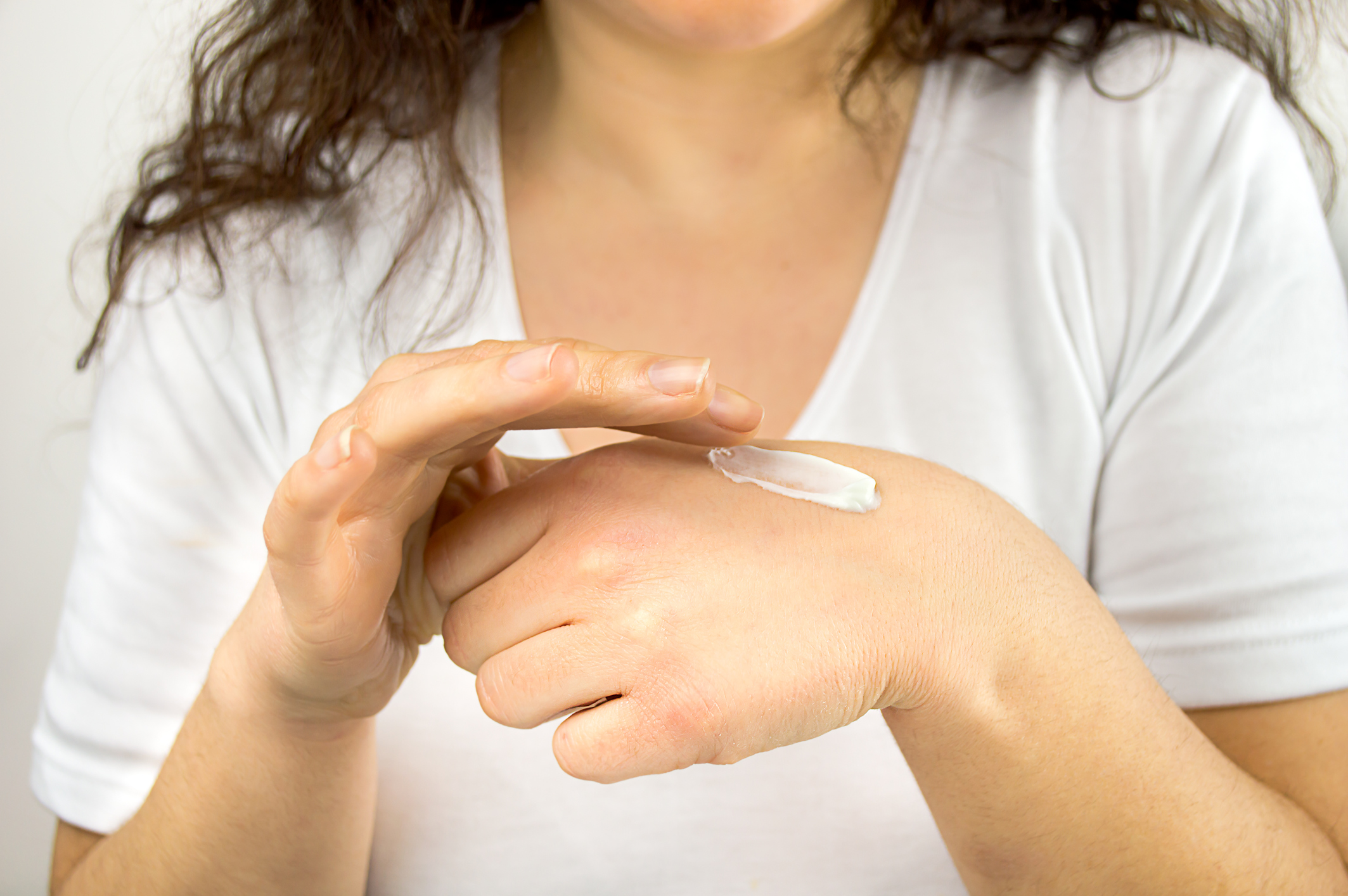
Stay away from tanning beds, which expose users to direct UVA and UVB rays. They also cause premature aging and may lead to eye disease or cancer.

Examine every inch of your body, not just the obvious places. Though melanoma most often occurs on sun-exposed skin, it can appear anywhere. Be sure to check your feet, toes, nail beds, and even your private areas.
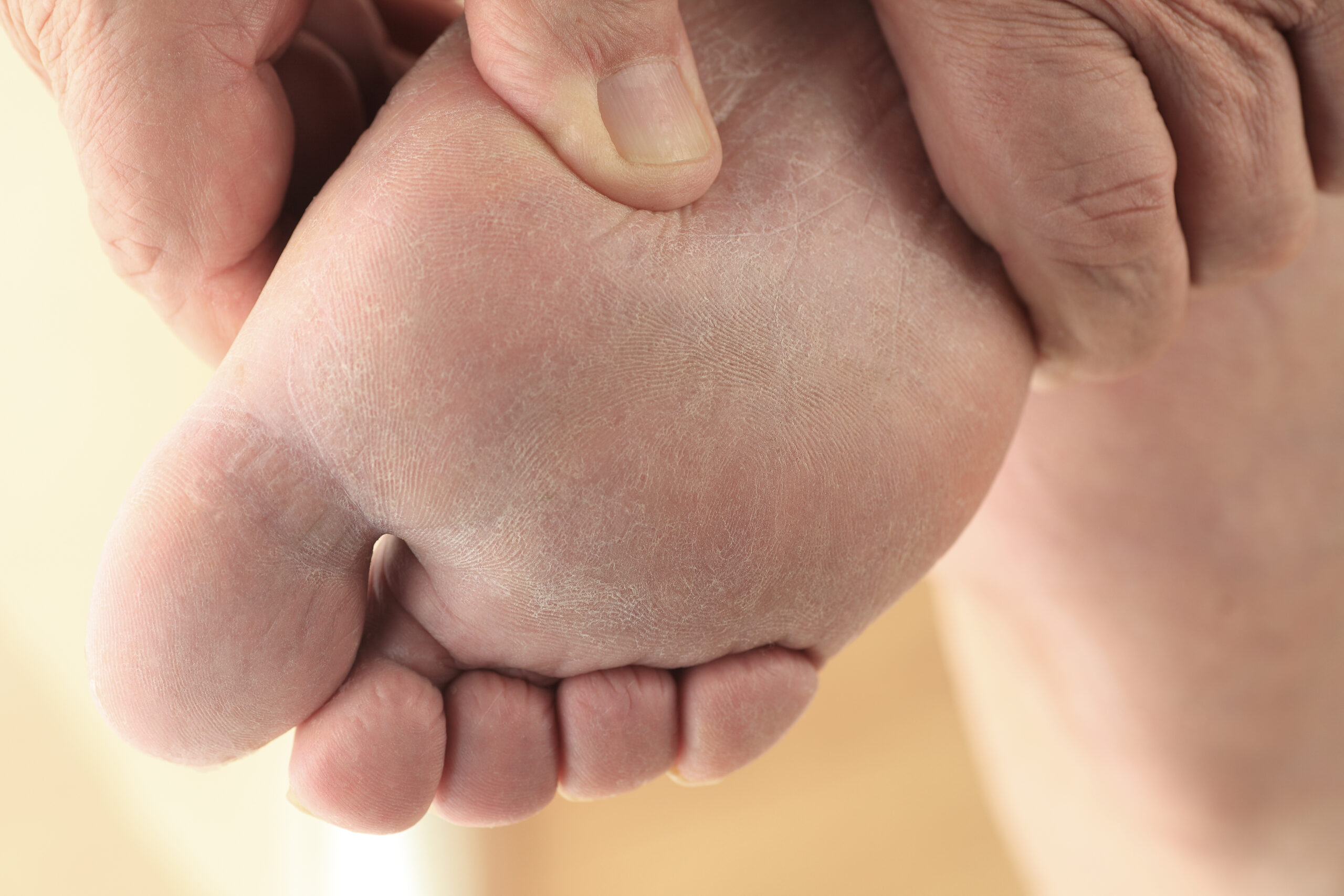
Lastly, the best way to prevent skin cancer is to schedule annual exams with a dermatologist. Sure, co-pays can be expensive, but what price can you put on your life? Have a doctor examine you and any spots or moles you might have.
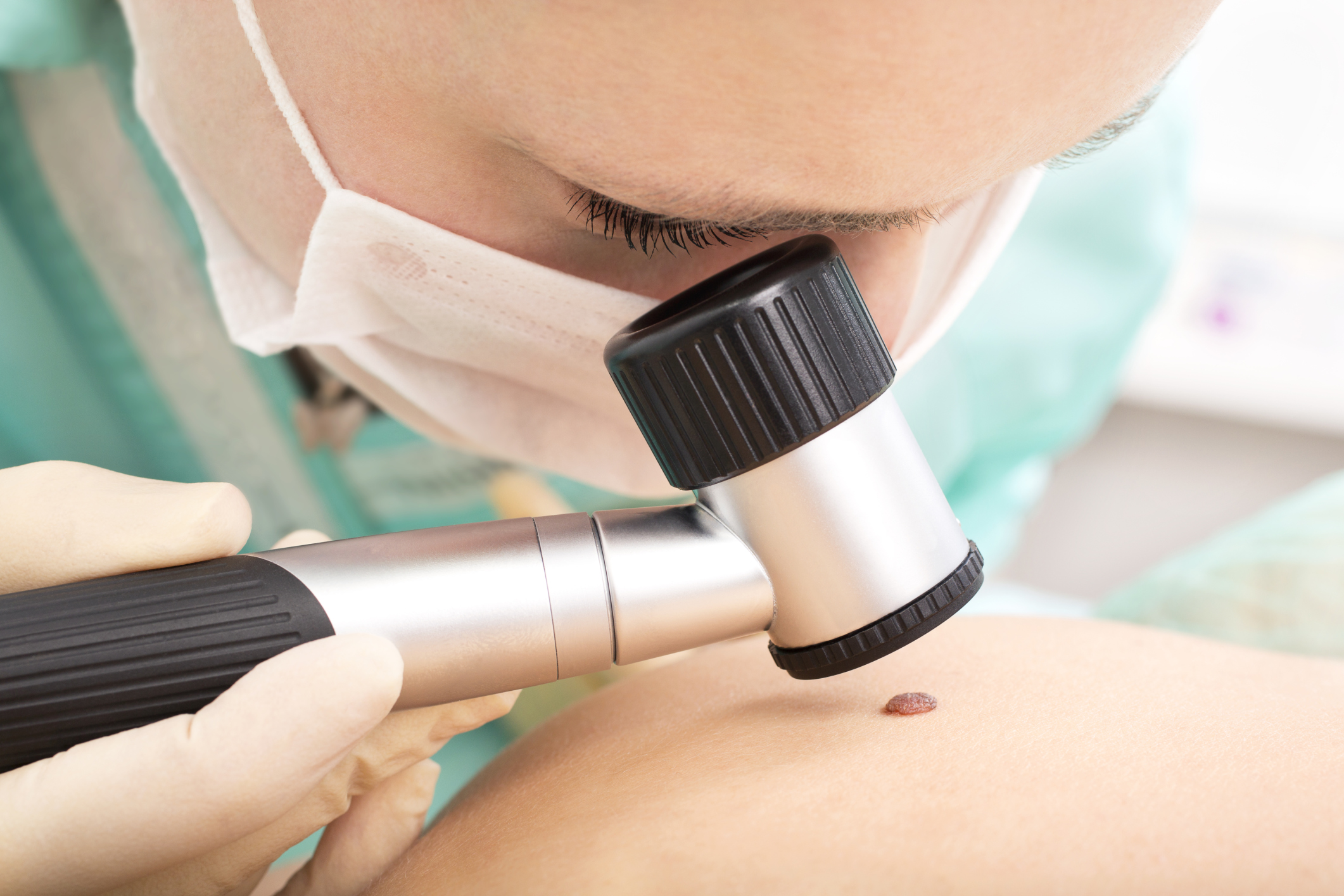
Will you be paying more attention to your moles and spots? Let us know below!
To save the lives of your friends and family, please SHARE!



